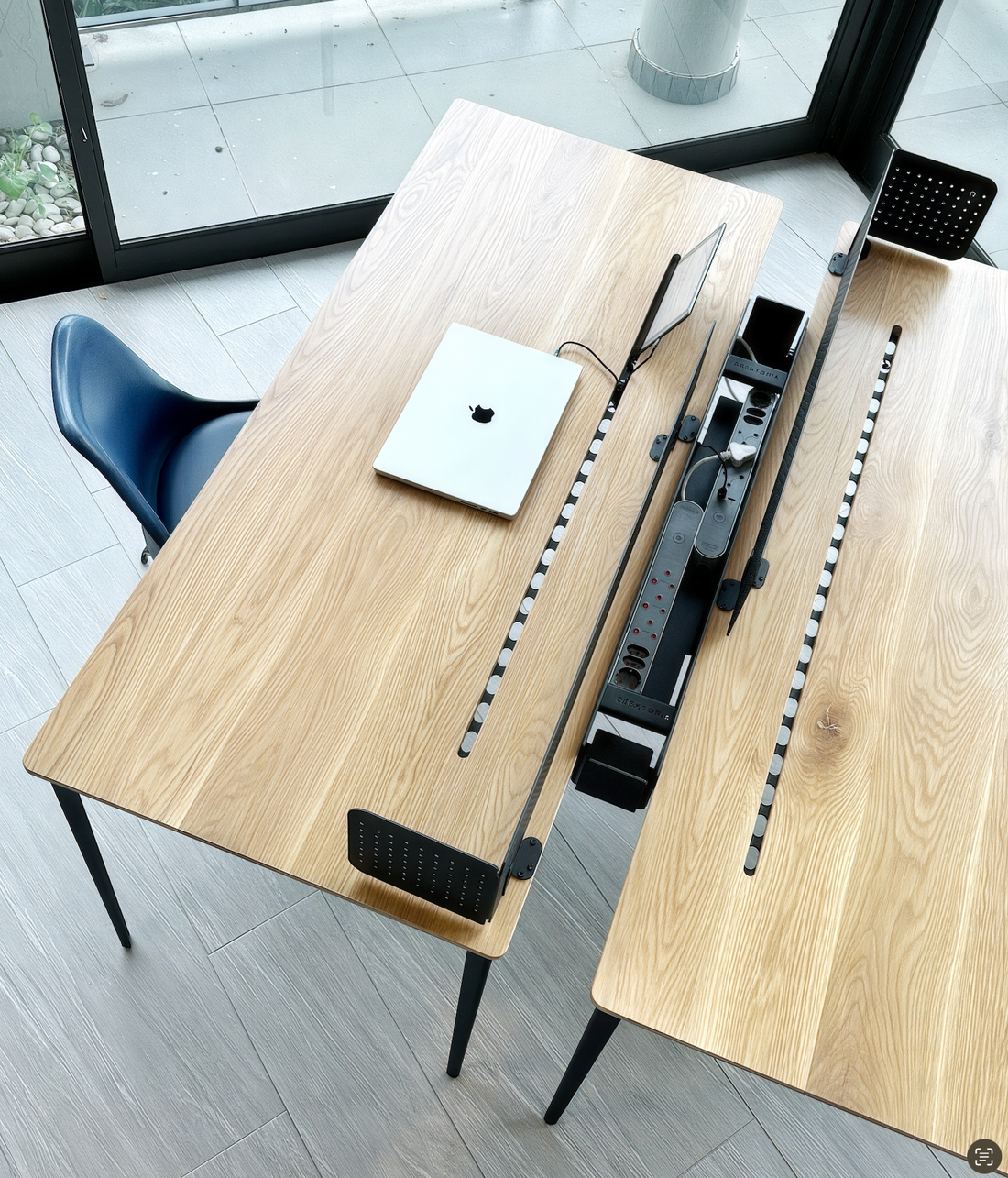Oil looks more natural than varnish, however, while matt varnish can have a very subtle effect and it can actually be hard to tell the difference between it and oil. The main difference is that varnish always creates a layer on top of the wood. The varnish layer seals the wood properly, so it is highly resistant to grease marks, making varnish a reliable choice for dining tables, kitchen worktops and office desktops. On the other hand, if the varnish layer becomes worn, then you have to sand it back to bare wood and then apply a fresh coat of varnish.”
“Instead of forming a layer on top of the wood, oil is absorbed and fills up the wood pores, so water and other liquids cannot penetrate the wood. One advantage of oil is that the wood retains a more natural appearance.
Although you can use oil to finish worktops, you must then maintain the wood regularly and feed it with the right products. That keeps the wood looking its best and avoids the need to sand and re-oil it. If you're finishing horizontal furniture surfaces or wall panels, then wear and tear is obviously much less of an issue, so you can choose oil or varnish to suit your preferences."

